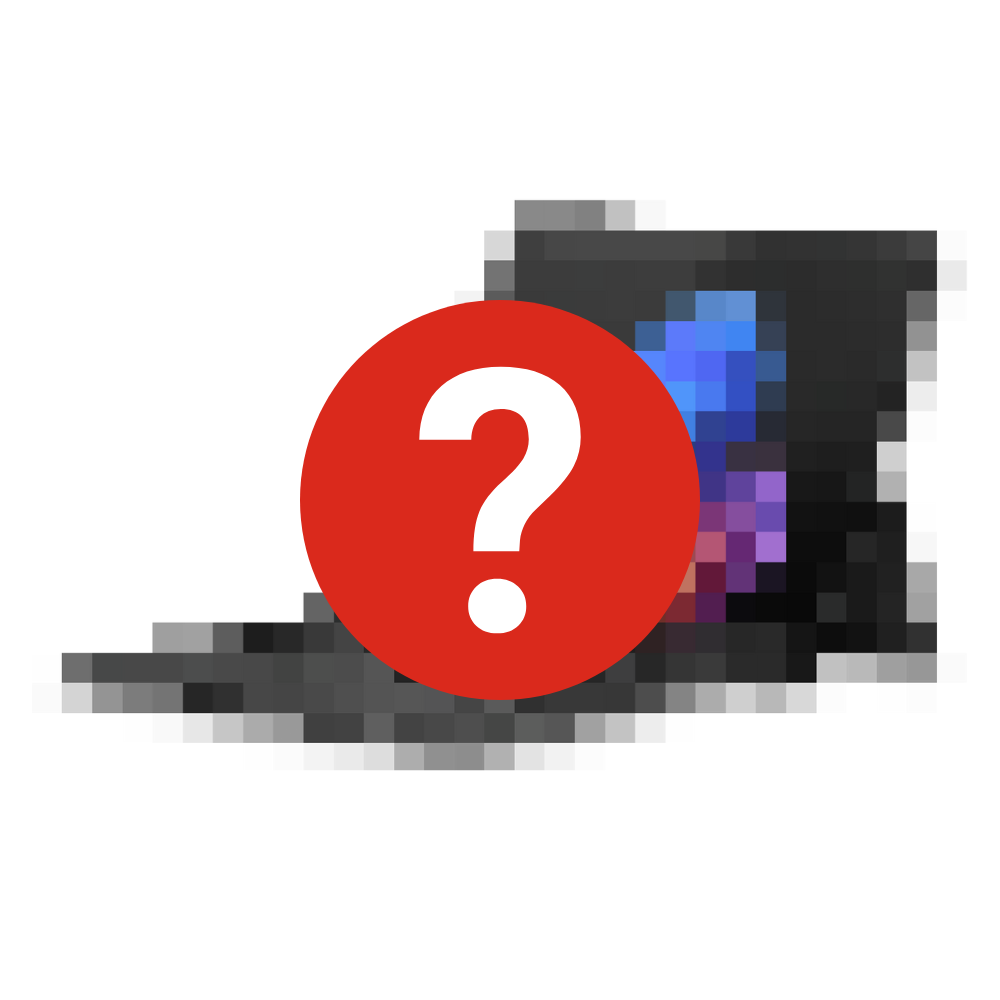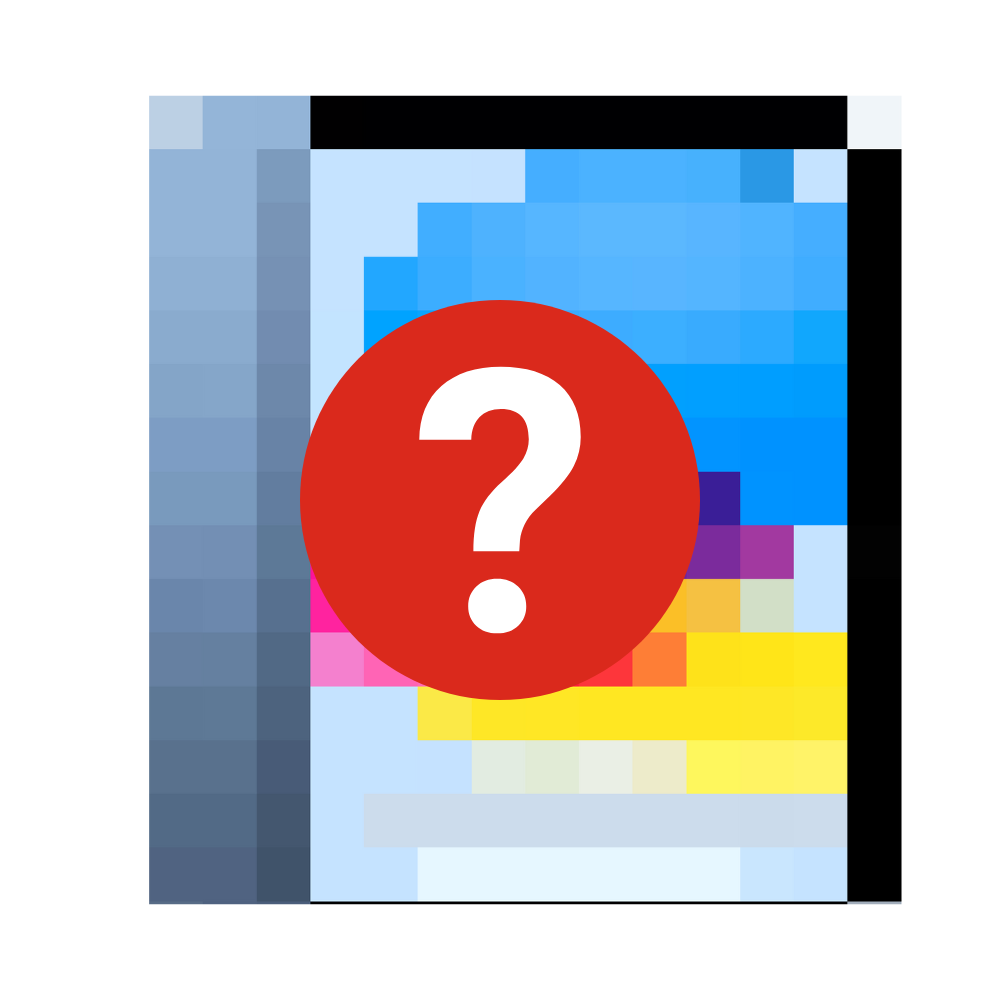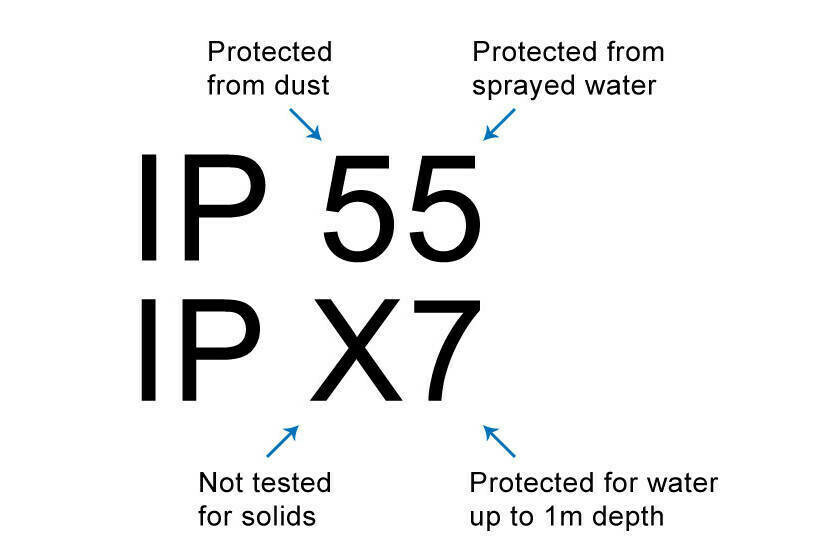Tablets
Looking at buying a new tablet? Here’s how to find a great one, including models from Apple, Microsoft and Samsung.
A tablet is a versatile computer that can do the job of a laptop, an e-reader or a mobile phone, depending on what you need it for.
Find out which tablets are good for which tasks, which specifications you need to pay attention to, and how to decide whether you need a tablet at all.
Best tablets in 2025
-

Best premium tablet
-

Best Android tablet
-

Best Windows tablet
-

Best affordable tablet

Get access to Consumer & see all reviews
✔ Personal support through our Consumer Rights Advice Line
✔ Premium articles and in-depth buying advice
✔ Add a Consumer magazine for even more exclusive content
Need a tablet, laptop or something else?
Because a tablet isn’t specialised for any one job, it can end up sitting idle if you’re not clear what you’ll use it for. If you already have a laptop and a phone, you probably don’t need a tablet too.
However, if all you do on the computer is surf the web and read emails, a tablet could be a good replacement. With their compact size, long battery lives and light weight, tablets are perfect for using on the couch or in bed.
Even if you do a bit of typing or you’re looking for a lightweight work option, a tablet can be a valid substitute for a laptop if you invest in a detachable keyboard.
Read more about whether you should buy a laptop or a tablet.
If you plan to read a lot of e-books on your tablet, you should look into a specialised e-reader like a Kobo or a Kindle. E-readers have better battery life and duller screens than tablets making them easier to read. However, a tablet offers much more versatility outside of reading.
Types of tablet computer
There are three main tablet operating systems to choose from.
Apple iPads run iPadOS, which is very similar to the iPhone’s iOS. If you have an iPhone, you’ll find the jump to an iPad straightforward.
Microsoft Surface tablets run Windows 11, which is usually reserved for laptop and desktop computers. Windows tablets blur the line between laptop and tablet, tending to be large, powerful and expensive.
Nearly every other tablet runs Android, the most popular mobile operating system. Different brands put their own coat of paint over default Android, but the underlying software is the same.
The simplest way to choose an operating system is to pick the one you’re familiar with (unless you intentionally want to try something new).
If you’re migrating from an old tablet, keeping the same operating system makes it simple to copy across your data and apps.
If you do switch operating systems, it’s still fairly easy to copy data using backup tools like Google Drive, but you’ll have to redownload (and possibly repurchase) any apps you had.
Important specifications
Screen size and resolution
Screen size on tablets is measured diagonally from corner to corner and usually expressed in inches. We divide tablets into three size brackets: small (less than 9”), standard (9 to 11”) and large (over 11”).
Smaller tablets are generally cheaper, and always lighter and easier to carry.
Medium and large tablets provide a bigger screen area that can be especially useful for watching video, productivity and gaming.
A higher screen resolution means sharper text and more detailed images. Resolutions are expressed in pixels and displayed as width x height. For example, a tablet with a resolution of 2560x1600px has 2,560 pixels along the base and is 1,600 pixels high.
Higher resolution screens generally consume more power, so can lead to a poorer battery life.
Storage space
Most tablets have somewhere between 32GB and 512GB of storage.
How much media and app data you can cram onto a tablet is less important than it used to be, because if you run out of space you can always pay to use an online storage service like iCloud or Google Drive. Some tablets also have slots to add SD cards for extra storage.
You should still think carefully about choosing a tablet with less than 64GB of storage, to make sure you have enough space for apps. At the other extreme, anything over 256GB is likely to be unnecessary.
Cellular variants
If you’re buying an Apple iPad or Samsung Galaxy Tab, you can usually spend more to get a 4G- or 5G-capable version. That lets you access the internet while outside of WiFi range (like you’d use a mobile phone).
It sounds great but remember that to use it you’ll need to pay for a mobile data plan for your tablet, which can add up. Can you get by with a mobile hotspot from your phone to your tablet instead?
Features of tablet computers
Stylus
A stylus is a pen-like device that you can use to interact with your tablet. If you plan to use your new tablet for drawing, then you’ll want to get one with a stylus.
If the model you’re buying doesn’t already come with a stylus, check to see if it’s compatible with stylus use; not all tablets are. You can buy after-market (third-party) styluses for tablets, but you’ll need to ensure they’ll work with your model first.
Styluses aren’t all the same. Passive styluses work with most tablets and don’t require power, but don’t have great precision. Active or powered styluses will need to be compatible with your device and can come with features such as pressure sensitivity, angle detection, shortcut buttons and handwriting detection.
Keyboard
If you plan to use your tablet mostly as a computing device, for example to replace a laptop, then buying one with a Bluetooth keyboard is a good idea. These keyboards are smaller, compact versions of a standard keyboard, but give your tablet the typing functionality of a standard laptop.
Case
A case isn’t always necessary for a tablet, depending on how you’re planning to use it. If your tablet is likely to get knocked around a bit or played with by kids, then a case and a screen protector are a good idea. But as tablets are generally used when you’re stationary (unlike a mobile phone), a case is less of a must have.
App market
If there are specific apps you plan to use, then first check that the app market that your prospective tablet uses has them. Not all apps are available on every app market. App developers commonly create an app for Apple’s platforms first (or exclusively) and then look to the other platforms.
Tablets for kids
Many of the tablets we review and recommend are powerhouses, intended for professionals or people looking for a full computer replacement.
Younger tech users don’t need anything like that. As a parent, you can save a lot by getting a basic tablet – available for $700 or even less – especially if your kids are still at primary school.
Read more about how to choose a BYOD laptop or tablet for school.
IP ratings
If you plan on taking your tablet out and about with you, it’s important it can withstand the elements. Ingress protection (IP) ratings indicate how resistant a device is to water and solids (such as dust and dirt).

IP ratings have two numbers. The first relates to solids, such as dust, and has a maximum rating of 6. The second relates to water and goes as high as 8. An X rating means it hasn’t been assessed for that type of protection.
Examples:
IP55 and IP65 – protected from most dust and low-pressure sprayed water
IP67 – dustproof and resistant to water up to a metre in depth
IPX7 – hasn’t been tested on dust particles but is resistant to water up to a metre in depth.
Find out more about IP ratings and the different levels of protection.

People's Choice
Our People's Choice awards are granted to brands that consistently rate above average for customer satisfaction and meet out other performance criteria. Become a member and see which brands have earned a People’s Choice award.
Which tablets are most reliable?
We ask thousands of Consumer members about their products to find out which brands are most reliable and satisfying to own. The results are available to members and Digital Pass holders.
We've tested 105 tablets.
Find the right one for you.
Apple
.jpg&w=315&q=75)
Apple
.jpg&w=315&q=75)
Apple
.jpg&w=315&q=75)